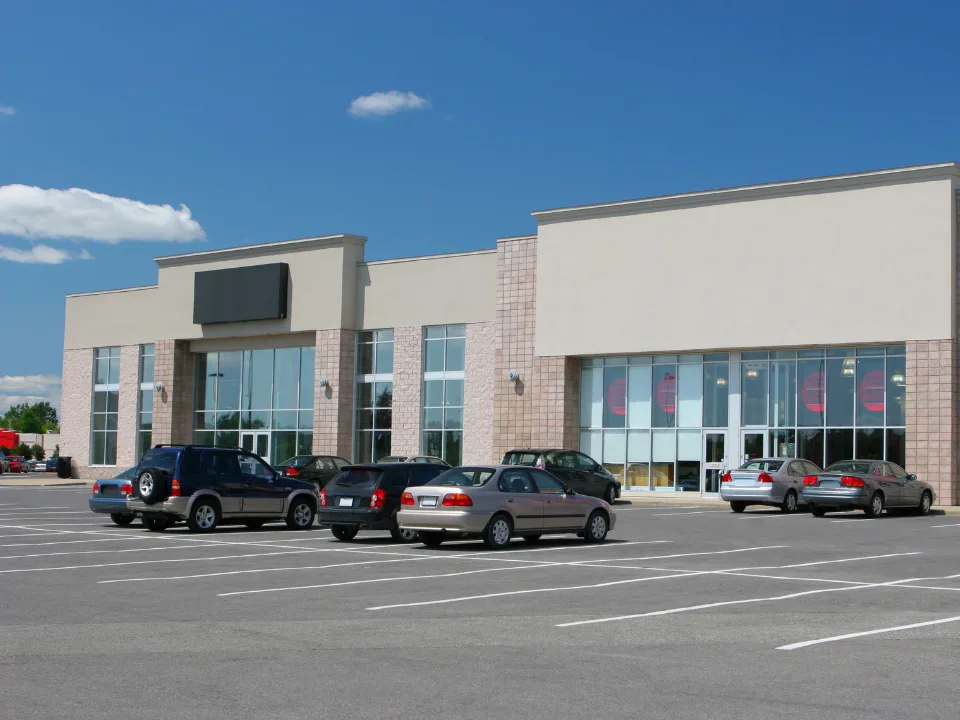- QSRs and fast-casual restaurants are often grouped in the net lease market, but a closer analysis reveals key differences in visitor trends, demographics, and distances.
- In 1H24, foot traffic at fast-casual restaurants rose 3.2% YoY, outpacing QSRs, which only inched up 0.4% since 2023.
- While QSRs rely more on customers from nearby areas, fast-casual restaurants draw more business from mid-range distances, suggesting different consumer behaviors and preferences.
In the net lease market, quick-service restaurants (QSRs) and fast-casual dining establishments are often lumped together.
However, a new analysis by Placer.ai suggests that comparing the two categories more critically reveals some important distinctions, from consumer demographics to foot traffic patterns.
While there are overlaps, differences in consumer behavior and visitation trends are significant enough to warrant individual consideration, as reported by GlobeSt.
Dining Out Trends
According to Placer.ai, the fast-casual restaurant category experienced stronger growth in 1H24, with a 3.2% YoY increase in visitor traffic compared to just 0.4% for QSRs. The analysis relied on cell phone data to track foot traffic at individual properties, providing insight into how consumers interact with different dining formats.
A deeper look into visitation patterns revealed that the gap between fast-casual and QSR growth extends beyond weekends:
- Fast-casual dining establishments saw 4% more weekend visits, while QSRs only saw 2.1% more customers over the weekend.
- During the week, fast-casual restaurants saw 2.8% more visits, while QSRs actually reported 0.2% fewer customers on weekdays.
Placer.ai suggested that this key difference may be linked to the return of more affluent workers, who tend to prefer fast-casual options for weekday lunches, to offices.
Distance Matters
Differences also emerged in how far customers travel to dine at these restaurants: 31.8% of QSR visits are from customers less than 2 miles away, while fast-casual restaurants reported that 24.6% of visits came from within a 2-mile radius.
This suggests that QSRs tend to attract a higher proportion of local diners, likely due to their emphasis on convenience and speed.
However, the dynamic changes when looking at customers traveling from 2–30 miles away. Fast-casual restaurants attracted 63.6% of their visits from this distance, compared to 56.8% for QSRs.
When considering customers traveling over 30 miles, the two segments were nearly identical, with QSRs at 11.4% and fast-casual at 11.8%, indicating comparable appeal for customers willing to travel further.
Consumer Demographics
There are also clear contrasts in the types of consumers frequenting QSRs and fast-casual restaurants:
- The weighted median household income for customers at fast-casual locations was $78K compared to $65.7K for QSRs, indicating a slightly wealthier customer base for fast-casual establishments.
- Despite this difference, both categories showed a similar share of households earning between $75K and $100K annually, reflecting a degree of overlap in the middle-income demographic.
This suggests that, while fast-casual brands often appeal to higher-income customers, QSRs are successfully narrowing the gap.
QSRs have been slowly raising prices closer to that of fast-casual dining menus, while fast-casual brands have focused on convenience-driven innovations, like mobile ordering and drive-in windows, to compete with the quick-service experience.
What’s Next
As the line between QSR and fast-casual dining continues to blur, both segments are expected to compete even more to attract their share of middle-income consumers.
Innovations in mobile tech, the evolution of menu offerings, and adjustments in pricing will likely be key factors as each category seeks to strengthen its position in an increasingly competitive landscape. of Americans.

















